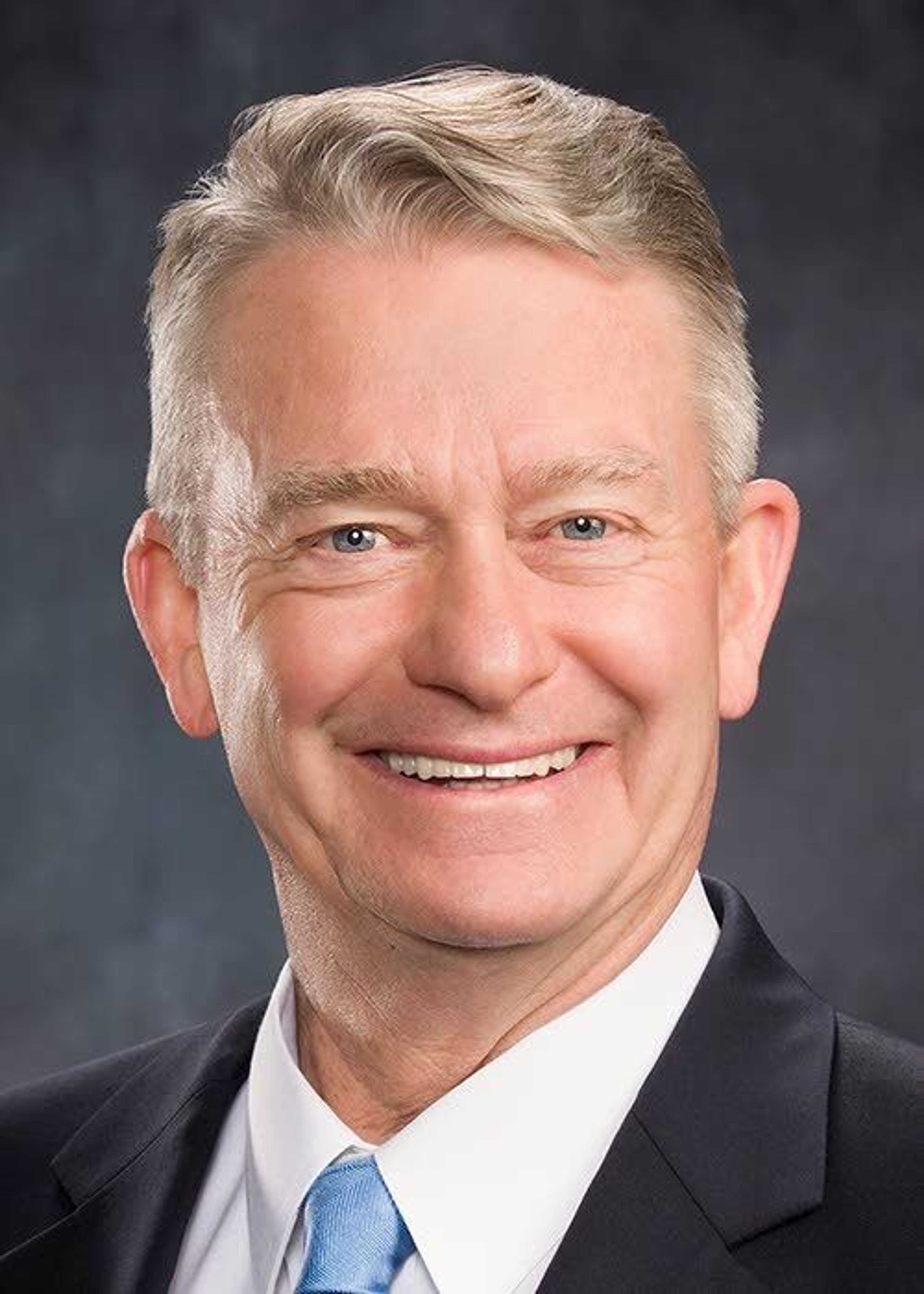City, county officials have questions
With signing of new property tax law, effect of changes to Idaho rules not clear
Local government officials were still scratching their heads after Idaho Gov. Brad Little signed a sweeping new property tax bill into law Wednesday morning, and a scramble is on to gauge its effects.
The stated intention of House Bill 389 was to provide property tax relief to Idaho homeowners. But a rushed process that saw Star Republican Rep. Mike Moyle introduce the legislation and have it approved by the House and Senate in about two and a half days at the end of the 2021 session didn’t allow a thorough analysis or public input.
City of Lewiston Administrative Services Director Dan Marsh said he has more questions than answers regarding the new law’s effects on local budgets. But an initial examination of the legislation by lobbyist Benn Brocksome concluded that it doesn’t do much to reduce residential property taxes, and actually has a negative impact on city and county abilities to budget for growth.
Brocksome quoted the public testimony of Association of Idaho Counties Executive Director Seth Grigg, who supported and helped write the bill, on its effect in fast-growing counties like Ada, Canyon and Kootenai.
“You are not going to see taxes reduced by this bill,” Grigg told the Legislature while the bill was pending. “Were you to freeze property taxes in high-growth areas, you would not see taxes of homeowners decrease.”
The bill might not have such a dramatic impact in Lewiston and Nez Perce County, which haven’t yet experienced the breakneck pace of growth seen in other parts of the state over the last couple of years.
Still, Brocksome’s analysis said the bill negatively impacts any growing city or county, partly through its 8 percent cap on budget growth no matter how much new construction, property annexation or urban renewal activity occurs.
“This bill continues the rhetoric that if a city grows in size or population, there is a direct impact on individual property taxpayers,” Brocksome wrote. “This, however, is incorrect as there are a number of other factors, from local units of government
that play a role in property taxes, and the increase of residents means more players.”
The legislation also limits local governmental ability to increase budgets because of growth by capping the amount available for taxation on new construction and annexation of land from 100 percent to 90 percent, and cutting an urban renewal agency’s ability to tax 100 percent of new growth in its districts from 100 percent to 80 percent.
That will slow an urban renewal agency’s ability to accumulate property tax revenue for targeted infrastructure projects that are typically designed to stimulate growth and redevelopment. Brocksome wrote that taken together, those caps are the most damning part of the bill since they will hamper cities’ and counties’ ability to accommodate new residents by increasing funding for police, fire, emergency services and other amenities like parks and open spaces.
The analysis also took issue with a measure that increases the personal property tax exemption for businesses from $100,000 to $250,000 since it would shift the tax burden back to residential property owners. And Nez Perce County Assessor Dan Anderson noted that local budgets will also take a hit from the complete elimination of the “transient personal property tax” that local governments levy on the value of items like logging or heavy construction equipment that is temporarily located in a taxing district.
The law also increases the benefit from the state “circuit breaker” property tax exemption program for needy seniors and veterans to $1,500, but funds that increase by removing many previously eligible people with homes valued at more than 125 percent of the local median assessment. Brocksome estimated that 15-20 percent of current participants would now miss out on the program, but Anderson said that number should be less in Nez Perce County since home prices there aren’t rising as fast as other parts of the state.
Other changes include increasing the homeowners exemption from $100,000 to $125,000, which some have called a step in the right direction, but not enough to keep pace with those rising values; and reducing the amount of “foregone taxes” that taxing districts could reclaim from previous years when they took less than the state’s maximum 3 percent annual increase.
Mills may be contacted at jmills@lmtribune.com or at (208) 310-1901, ext. 2266.









